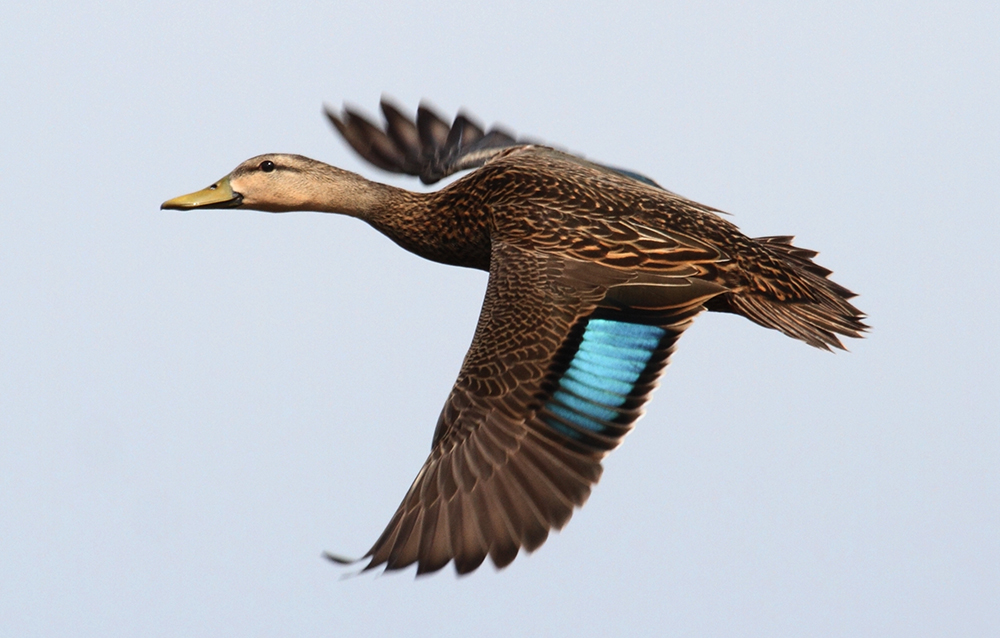Recovering America’s Fish & Wildlife
A new bill in Congress presents a great opportunity to help save America’s declining wildlife.

Mottled duck is one of the species that could benefit from the Recovering America's Wildlife Act.
A new bill in Congress presents a great opportunity to help save America’s declining wildlife. The bipartisan Recovering America’s Wildlife Act will fund state efforts to protect and restore wildlife populations—an issue that is near and dear to most sportsmen’s hearts.
The need for more wildlife funding is urgent. Scientists estimate that as many as one-third of all U.S. wildlife species are already imperiled or are vulnerable. Unless our nation makes a change in the way we fund conservation, the number of species on the brink of extinction will continue to grow.
This bill -- introduced in the House of Representative by Reps. Jeff Fortenberry (R-Nebr.) and Debbie Dingell (D-Mich.) – follows in the lineage of Pittman-Robertson and Dingell-Johnson. It would redirect $1.3 billion of existing oil and gas revenue annually to state-led wildlife conservation efforts. The concept was put together by a group of business and conservation leaders, led by Johnny Morris, the founder of Bass Pro Shops, and David Freudenthal, the former Governor of Wyoming.
The Recovering America’s Wildlife Act is quickly gaining support. If passed, this bill would benefit wildlife, habitats and outdoor education in every state and territory in the nation. Here’s more information about how the bill would work and its benefits:
- NO TAX INCREASE — The $1.3 billion will come from existing revenues from energy and mineral fees on federal lands and waters. This is a small portion of the overall revenues from these sources.
- BETTER FOR HUNTERS AND ANGLERS — Currently 80 percent of the funding for our state wildlife agencies comes from sportsmen’s fees such as hunting and fishing licenses and taxes on outdoor gear. Wildlife which are not hunted or fished do not currently have a similar dedicated funding stream.
- A PROVEN MECHANISM — The bill will allocate funds via the Wildlife Conservation and Restoration subaccount of the Pittman-Robertson Act, which was originally passed in 1937.
- LOCAL CONTROL — The funds from this bill will be controlled by state fish and wildlife agencies.
- A HISTORY OF SUCCESS — State fish and wildlife agencies have had great successes in restoring species once on the brink—bald eagles, white-tailed deer, elk, turkey, striped bass, and more.
- HELPING WILDLIFE AT RISK — The money will largely be spent on efforts such as restoring habitats, reintroducing native wildlife, fighting invasive species, and monitoring emerging diseases.
- CONNECTING PEOPLE WITH NATURE — States can use some of the funds for wildlife viewing, nature photography, educational programs, and trail improvements.
Visit the links below for more information:
- National Wildlife Federation - The Recovering America's Wildlife Act
- Curious how much a particular state would get? See the State-by-State Breakdown of Funding.
- Frequently Asked Questions
- Blue Ribbon Panel - Final Report and Recommendations - March 2016
If your business or organization is interested in supporting dedicated funding, please contact Bill Cooksey at cookseyb@nwf.org to add your name to a group sign-on letter.
